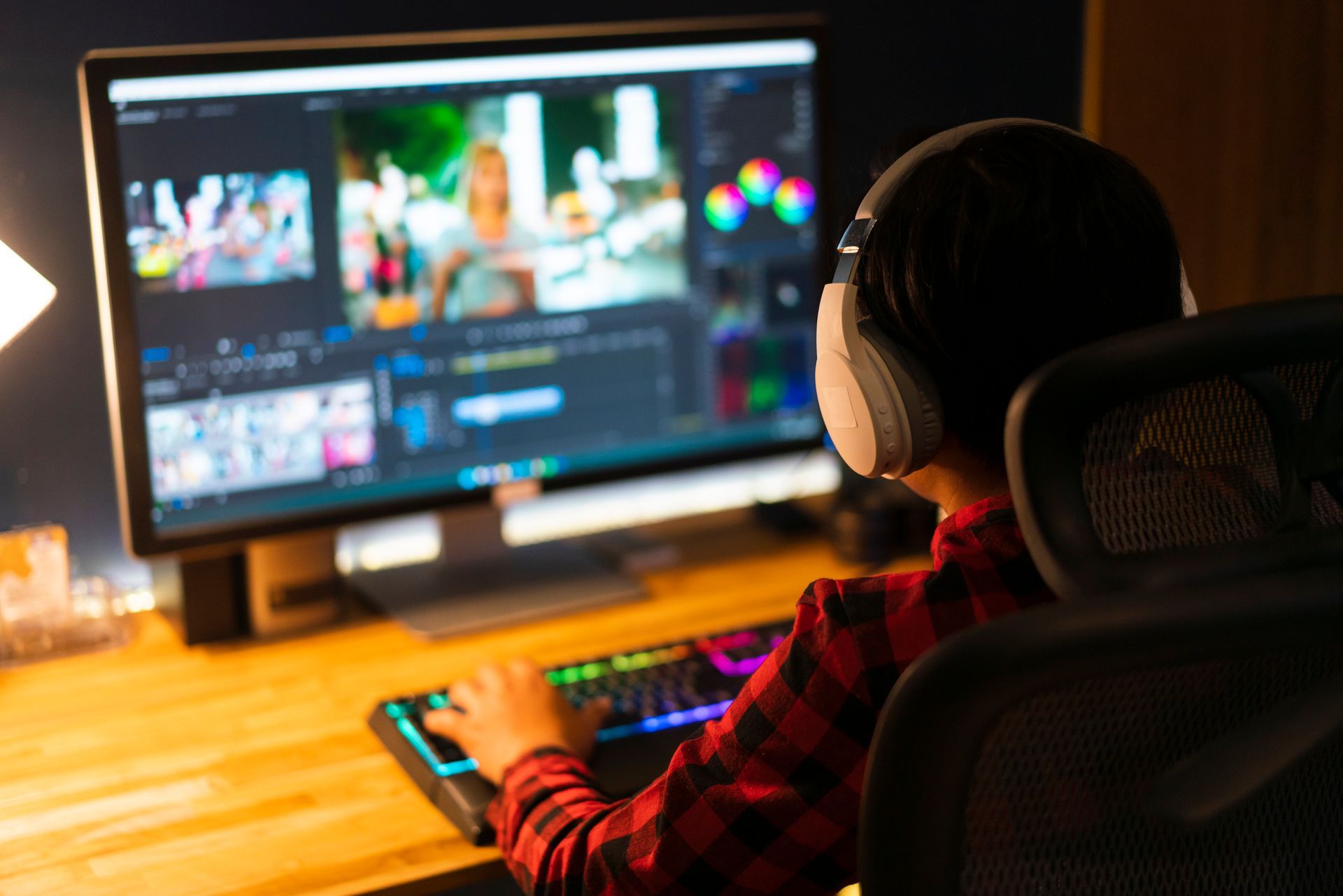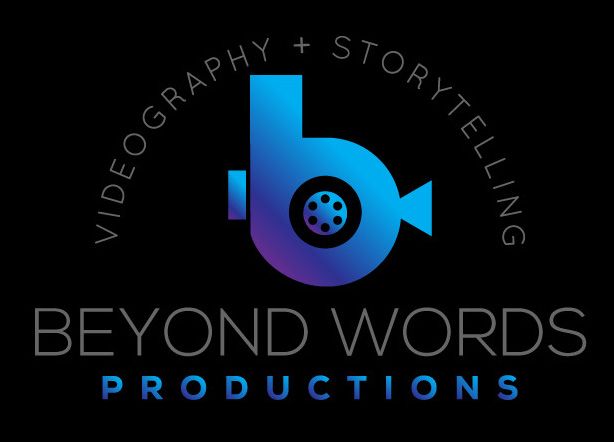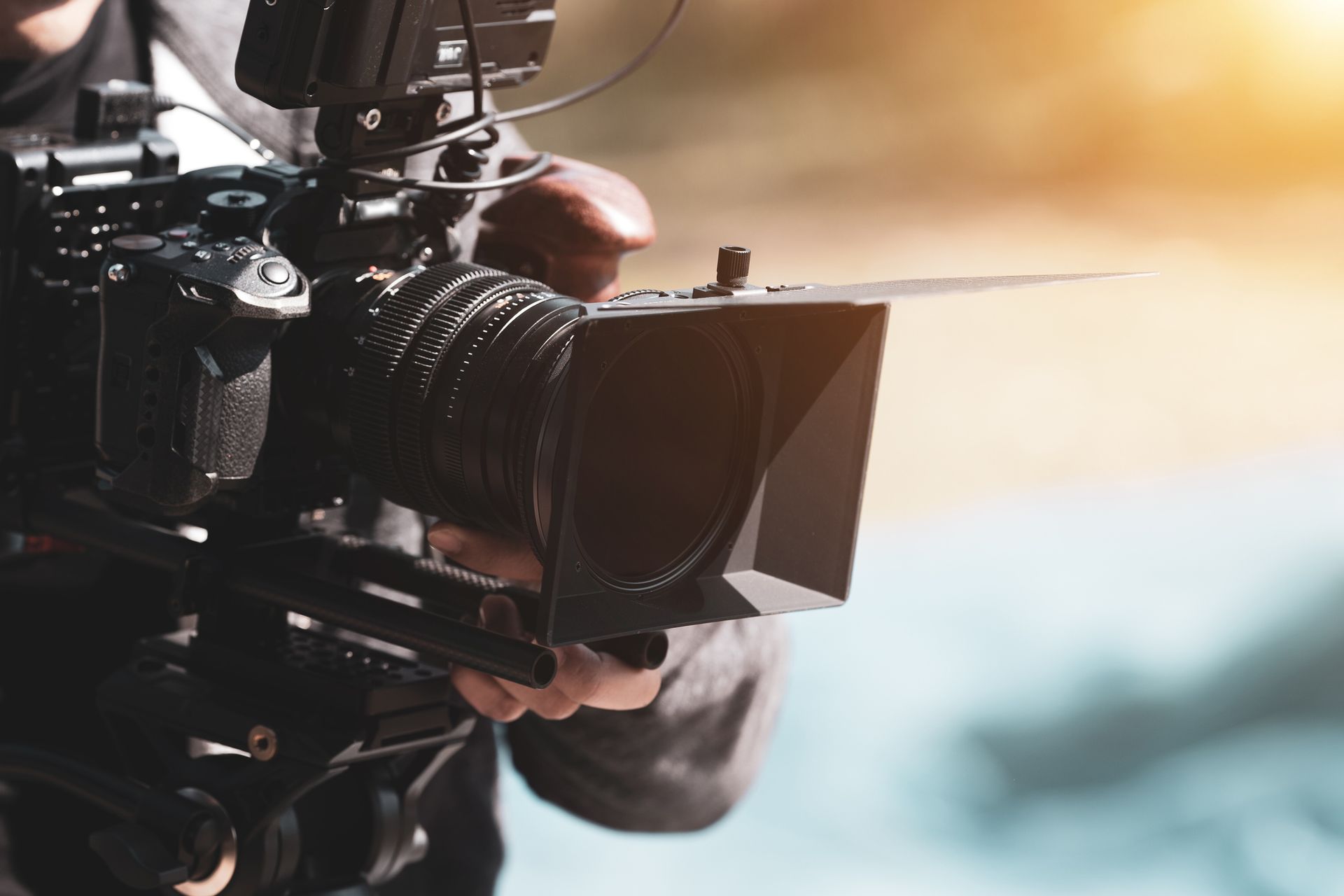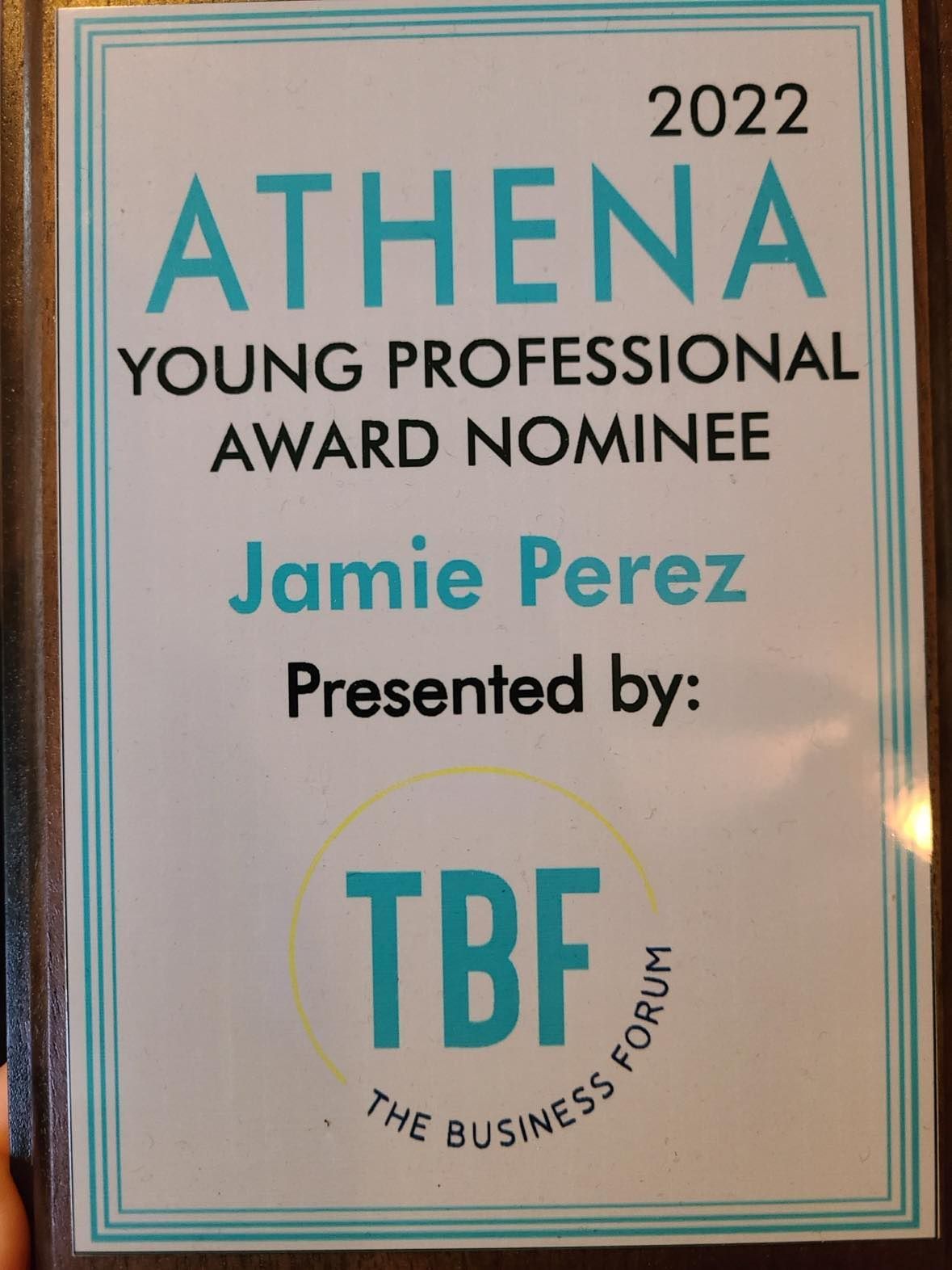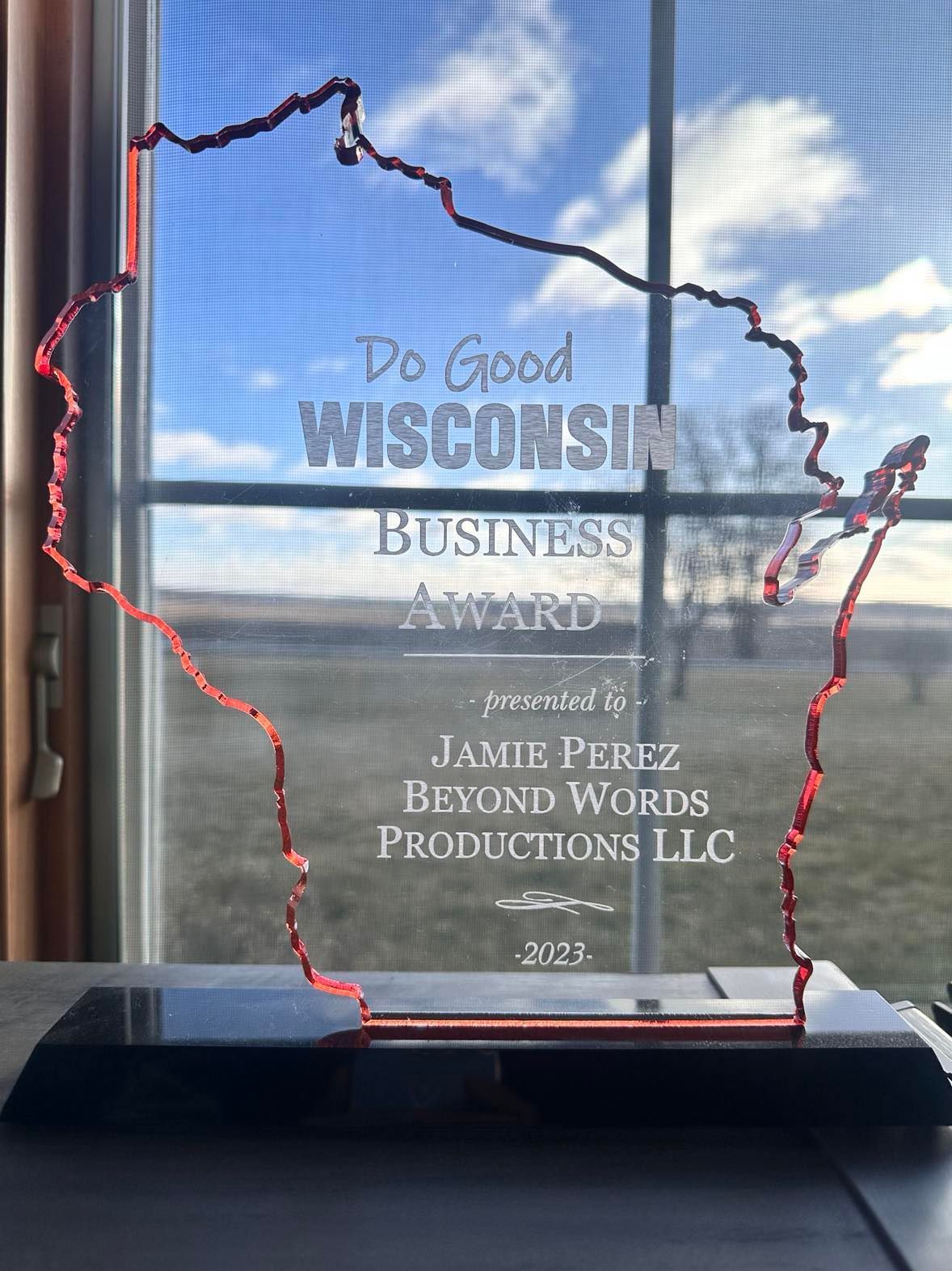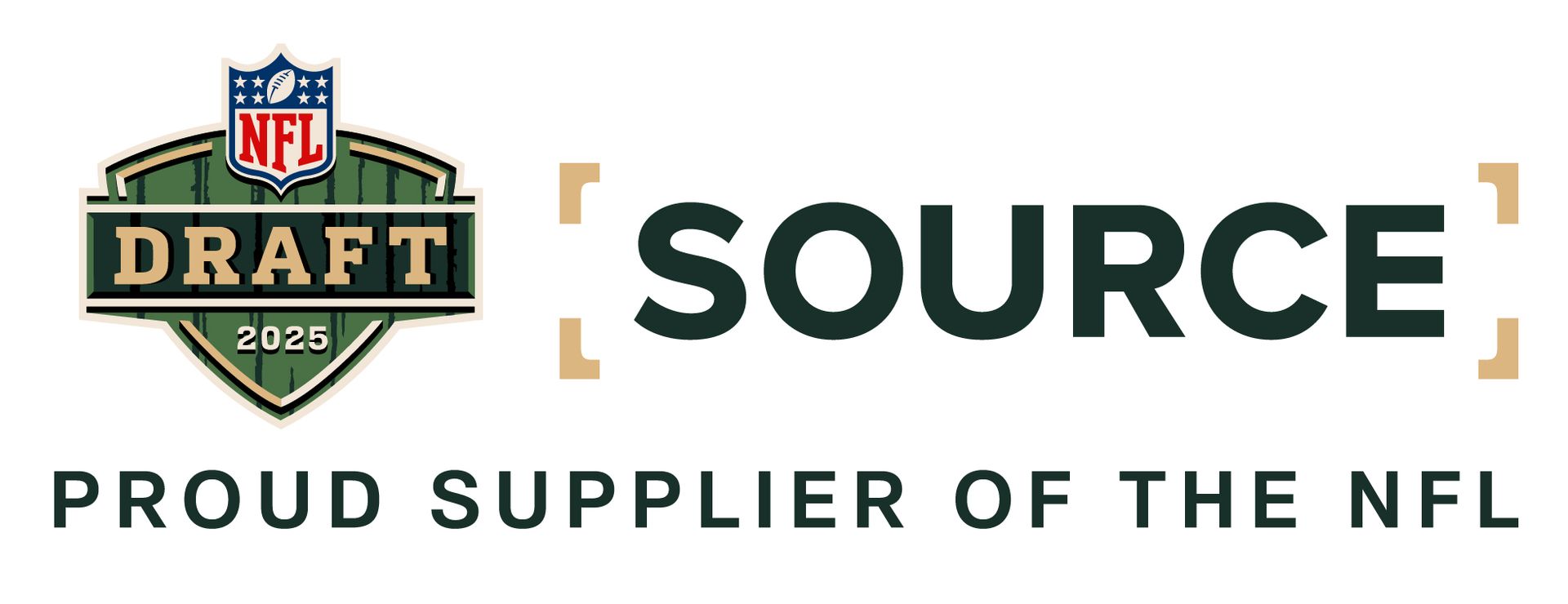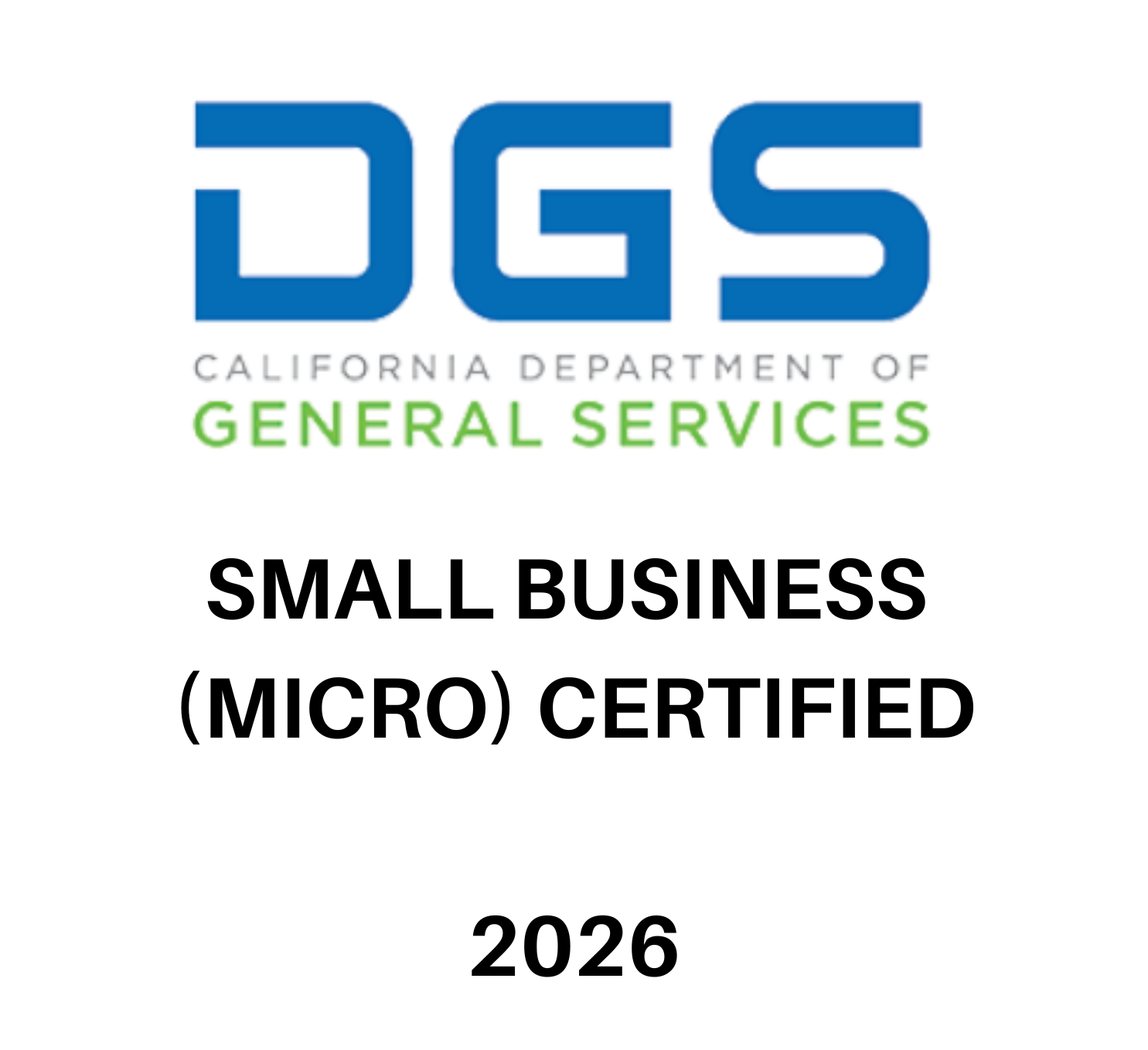Your Ultimate Guide to Nailing the Perfect Interview Filming Location
Choosing the right spot for an interview location can make all the difference in the aesthetics of how your final video turns out.
Let’s explore some tips on how to choose the perfect backdrop that'll make your videos pop!
2. Noise Control is Key: Make sure the location you choose won’t have distracting noises in the background like trains passing by, people talking in the other room, or construction going on outside. Opt for a quiet location where you have control over background sounds. The last thing you want is unwanted interruptions stealing the spotlight from your interviewee's insights.
3. Lighting Love Affair: Lighting can make or break your video. Natural light works wonders, so if you can find a spot with ample sunlight, you're on the right track. But don’t shoot towards a window. You can absolutely use lighting from a window to light your subject, but make sure your subject is looking OUT of the window and don’t have your interviewee placed directly in front of it. It creates a nasty shadow that will ruin the look of your shot. It’s also always a great idea to invest in some portable lights so you can manipulate the look and feel of your video in case natural lighting isn’t doing what you want it to do. A well lit interview can take your video up several notches in quality!
4. Keep Distractions at Bay : A bustling crowd or an eye-catching artwork might seem interesting, but they can steal attention from your interviewee. Opt for a clean, clutter-free background that complements your subject, rather than competing with them. Remember, your backdrop is a supporting actor in your video's story.
5. Storytelling Atmosphere: The right location can set the tone for your interview. If you're discussing something heartfelt and emotional, a cozy, intimate setting might work wonders. On the flip side, if you're sharing exciting news, a vibrant and energetic environment could be the perfect match. The atmosphere should amplify the emotions you're trying to convey.
6. Depth of field: Having a background where you can create sharp focus on your interviewee, and blur out everything else looks like a really high production product! Most of the time this look can be achieved with the right type of lens, but in case you don’t have a lens that creates good depth of field ( A higher F-stop {smaller aperture} increases the depth of field, making more of the scene sharp and in focus {useful for landscapes}), make sure your interview location has enough space in the background to try and achieve this look.
All the tips above were for in person interviews. Sometimes, like during a pandemic, you’re stuck with settling on Zoom interviews. So where is the best place for a zoom interview?
If this is something you need to consider for your video, make sure you check the following:
Think of all these tips as tools for setting the stage to boost the aesthetics of your final video product! You can always adjust and play around with color-grading in the editing process.
Happy filming, and may your locations be as epic as your stories!
